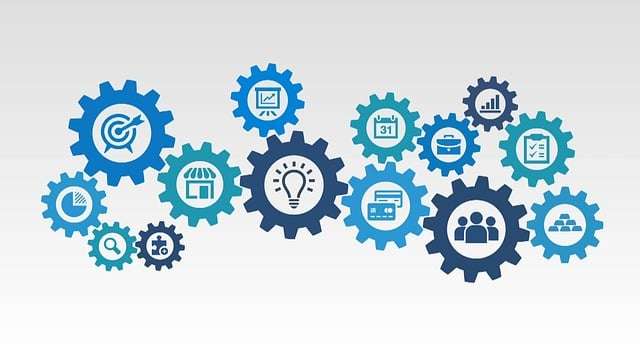In recent years, remarkable advances in technology in AI development and the sophistication of peripheral equipment have greatly improved the prediction and classification performance of machine learning models. On the other hand, the amount of data required for model learning is increasing, and the required computing resource specifications are becoming higher. As a result, the cost of building the necessary environment tends to increase.
In response to these problems, the use of cloud services is expanding, which reduces the initial cost of building an environment and provides an end-to-end service from setup to maintenance and operation of a development environment with enormous computing performance. Typical services include Azure Machine Learning of ” Microsoft Azure (Azure) “, SageMaker of ” Amazon Web Service (AWS) “, and VertexAI of ” Google Cloud Platform (GCP) “. Skills to efficiently develop and operate machine learning models using these services will be very important for AI engineers in the future.
Microsoft offers DP-100 as a qualification exam for AI engineers, which tests “knowledge and skills related to Azure Machine Learning services required to implement and run machine learning workloads” .
Skill Up AI offers the ” Azure DP-100 Compatible ML Workload Development Practical Course ” for this exam. By taking this course, you can learn through hands-on how to create a data storage location necessary for machine learning using Azure, prepare to build a model, implement it, analyze its performance, and monitor it.
This time, we will introduce some of the lecture contents of this course.

Contents
- Building a development environment necessary for creating machine learning models
- Train a machine learning model
- Model performance monitoring and data monitoring
- describe the model objectively
- in conclusion
1. Building a development environment necessary for creating a machine learning model
When performing machine learning, it is necessary to first create a workspace as a place for implementation, create a storage location for the huge amount of data used for the model, and determine computational resources. In the hands-on of this course, we will build an execution environment for Jupyter Notebook
, which is a Python integrated development environment, on Azure Machine Learning .
After that, using the Python SDK provided by Azure Machine Learning, we will learn by implementing the flow from creating a workspace to creating a data storage location, creating a model pipeline, and deploying in Python.
2. Training machine learning models
Now that you understand how to build the development environment needed to create a machine learning model, you’ll learn how to use the collected data to train the machine learning model. In this course, based on the data prepared in advance, you can learn the flow from “learning”, “hyperparameter search”, “inference” to “deployment” through hands-on.
Hands-on training in building machine learning models teaches you two ways:
- Model building using Scikit-learn framework-based algorithms
- Model building using AutoML (automatic model creation)
First, we use conventional machine learning frameworks such as Scikit-learn to perform model learning and inference such as batch learning and hyperparameter search. And then you’ll learn about a technique called AutoML (Automated Machine Learning).
AutoML is a method that automates the design and construction of a series of machine learning models, such as feature search, model construction, and parameter search, which were conventionally performed manually. By actually working on these hands-on, it is possible to experience how flexible development is done according to the situation.
3. Model performance monitoring and data monitoring
In order to check whether the model is working stably, we collect output data obtained by inference and error information when inference fails.
In addition, in order to prevent deterioration of the created model, it is necessary to monitor the performance of the model against “time change” and “trend change of usage data”. In the course, you can also learn how to detect model performance degradation through monitoring such models and data.
4. Describe the model objectively
At the end of the curriculum, we will analyze performance such as the importance of the actual feature values and the bias against the prediction of the model.
In recent years, there have been more opportunities to hear the term XAI (Explainable AI). XAI refers to technology that explains the basis and process of judgments made by models created by AI and machine learning.
This course also covers XAI. Through the course, you will acquire the skills to interpret the prediction results of the models you create and use them to make business decisions.
5. Conclusion
This course is a must-see especially for those who want to use cloud services to build, learn, and evaluate machine learning model environments, and those who are considering taking the DP-100 exam.
It is an interactive course where you can experience “active learning” by actually moving your hands on and actively learning about Azure AI services, not just classroom lectures. If you are interested, please take a look at the course page.

